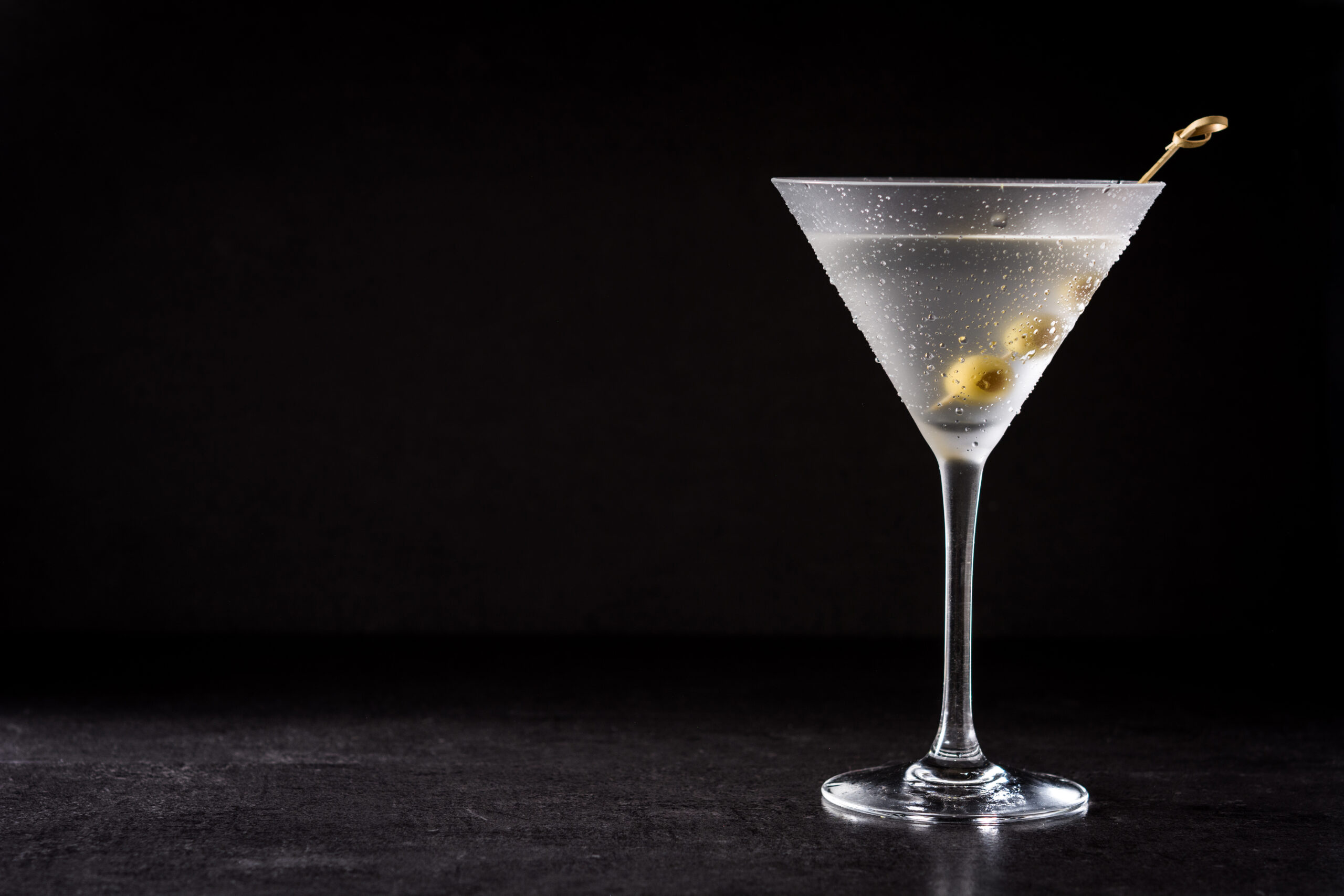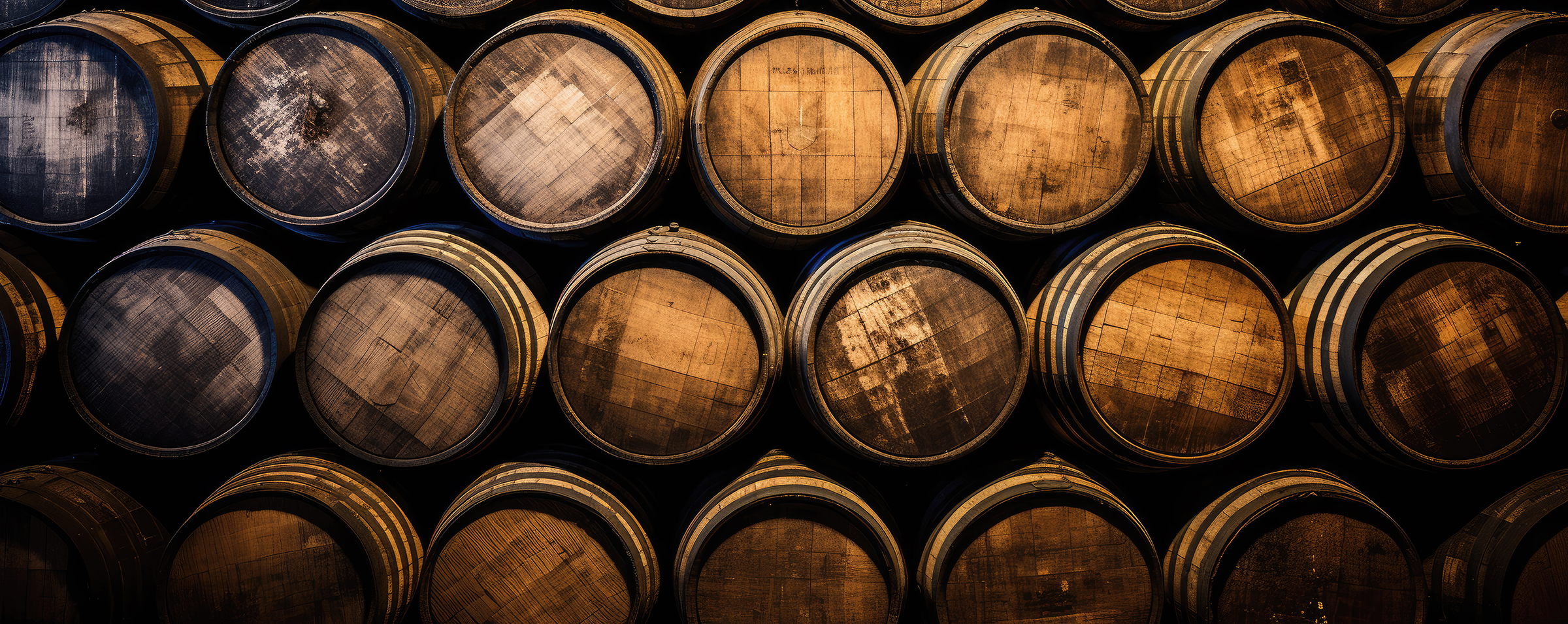From Humble Beginnings to Global Icon: A Toast to the History of Vodka
Vodka, the clear and potent spirit, has become synonymous with icy cocktails, celebratory shots, and a certain smooth neutrality. But its journey from a medieval medicinal concoction to a global phenomenon is a fascinating tale steeped in history, cultural influence, and a touch of mystery.
The Origins: A Murky Mix of Folklore and Fact
Pinpointing vodka’s exact origin is like chasing a phantom. Both Russia and Poland lay claim to its invention, with historical records and folklore intertwining in a delightful dance. The earliest mention of the word “wódka” in Poland dates back to the late 14th century, referring to alcohol-based medicines derived from frozen wine. Meanwhile, in Russia, a similar spirit known as “bread wine” appeared around the same time, though significantly different from the vodka we know today.
From Medicine to Intoxication: A Gradual Shift in Purpose
Initially, vodka served a medicinal purpose. Monks and alchemists used it as an antiseptic and a cure-all for various ailments. It also played a role in religious ceremonies. However, over centuries, the focus shifted towards its intoxicating properties. By the 15th century, vodka had become more commonplace among the general public, gradually shedding its purely medicinal and spiritual associations.
The Rise of Two Vodka Titans: Russia and Poland
While the exact origin story remains debated, the 14th and 15th centuries witnessed a surge in vodka production in both Russia and Poland. Here’s how each country embraced this new spirit:
-
Russia: In Russia, vodka production became a state-controlled monopoly under Ivan the Terrible in the 16th century. This not only ensured a steady stream of revenue for the Tsar but also helped regulate quality. Over time, vodka became deeply ingrained in Russian culture, featuring prominently in social gatherings and celebrations.
-
Poland: In Poland, vodka production remained largely in the hands of private distillers. Polish families often made their own vodka at home, infusing it with fruits, herbs, and spices to mask the harsh taste. This tradition of using natural flavorings continues to influence Polish vodka production today.
Evolution Through the Ages: Refining the Art of Distillation
Early vodkas were rough and unrefined. Over time, advancements in distillation techniques played a crucial role in shaping the spirit we know today. The introduction of copper pot stills in the 18th century led to a smoother and cleaner vodka. Additionally, the development of filtration methods further removed impurities, resulting in the clear and neutral spirit we have come to appreciate.
The 20th Century: A Global Expansion
The 20th century witnessed a significant upsurge in vodka’s popularity on a global scale. Here are some key factors that contributed to this rise:
-
World War I: During the war, Russian vodka gained exposure as soldiers from other countries encountered it. After the war, this exposure translated to a growing international interest in the spirit.
-
The Cold War: The Cold War, with its heightened focus on Russia, inadvertently introduced vodka to a wider audience in the West. The clean and neutral spirit gained traction as a base for cocktails, further propelling its popularity.
-
Marketing and Branding: The latter half of the 20th century saw a rise in effective marketing campaigns for vodka brands. These campaigns positioned vodka as a sophisticated and versatile spirit, further establishing its place in the global drinks market.
Beyond the Stereotypes: A Diverse World of Vodkas
While the image of a strong, clear spirit might come to mind first, the world of vodka offers a surprising diversity. Here’s a glimpse into the variations:
-
Grain Base: Traditionally, vodkas are made from grains like wheat, rye, or barley. However, some modern vodkas utilize alternative bases such as potatoes, grapes, and even corn.
-
Flavor Variations: Beyond the classic neutral vodka, flavored vodkas have exploded in popularity. From citrus and berry infusions to more creative options like chili pepper or cucumber, there’s a flavor to cater to every taste bud.
-
Regional Variations: Different countries have their own unique vodka traditions. Polish vodkas tend to be slightly sweeter and may have subtle notes of rye. Swedish vodkas are known for their exceptional purity, while Russian vodkas can vary in style depending on the region.
The Future of Vodka: Innovation and Sustainability
As we move forward, the vodka landscape continues to evolve. Here are some exciting trends to watch:
-
Craft Distilleries: Small-batch, artisanal vodka producers are emerging, focusing on premium ingredients and unique distillation techniques.
-
Sustainability: Environmental awareness is influencing vodka production, with distilleries adopting sustainable practices and sourcing ingredients responsibly.
-
Fusion Flavors: Experimentation with botanicals and unexpected flavor combinations







